Aaron Pollock
Advisor: Johanna Hurme
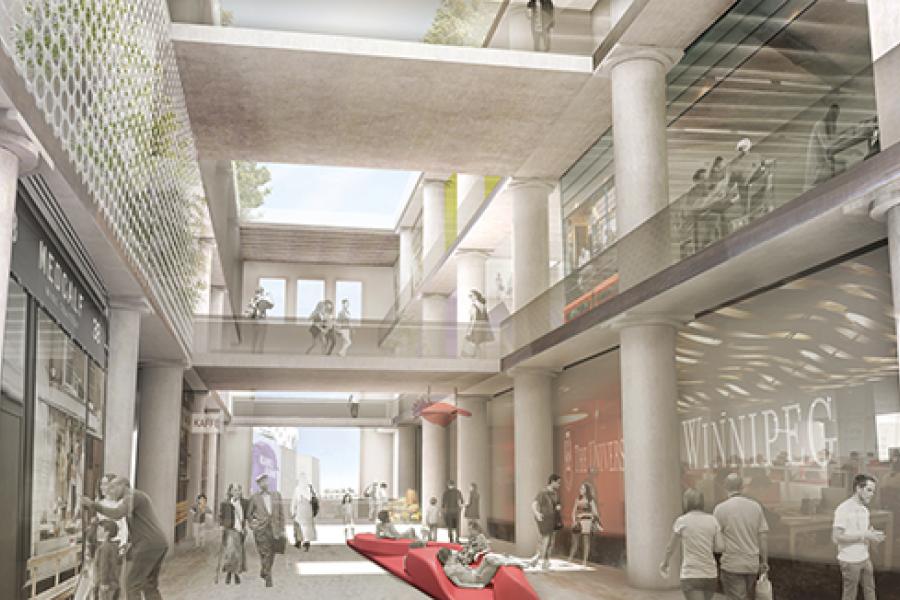
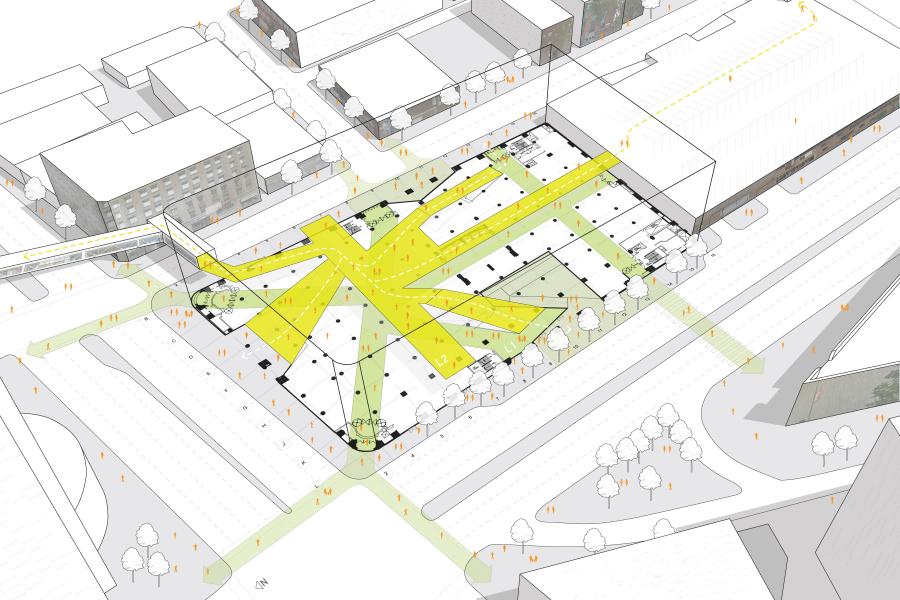

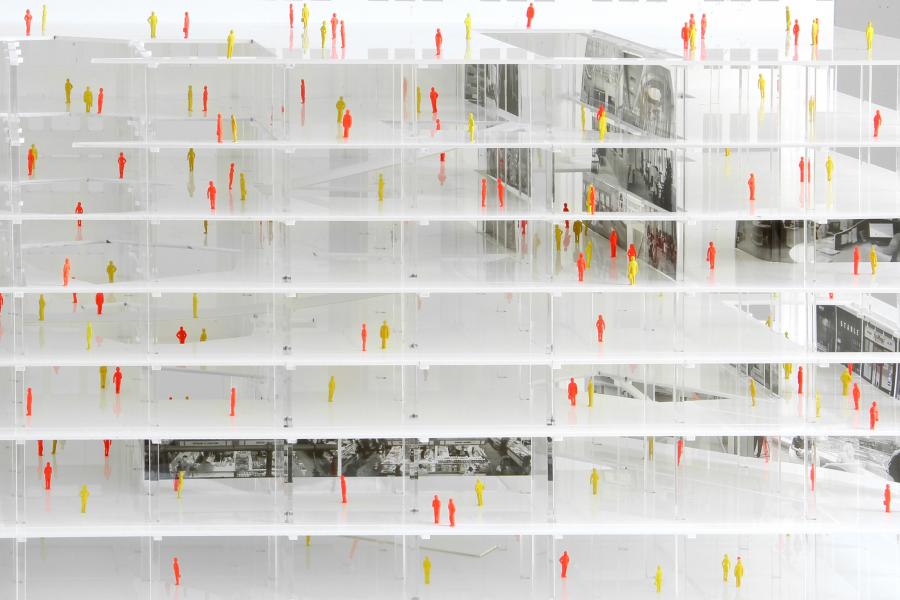
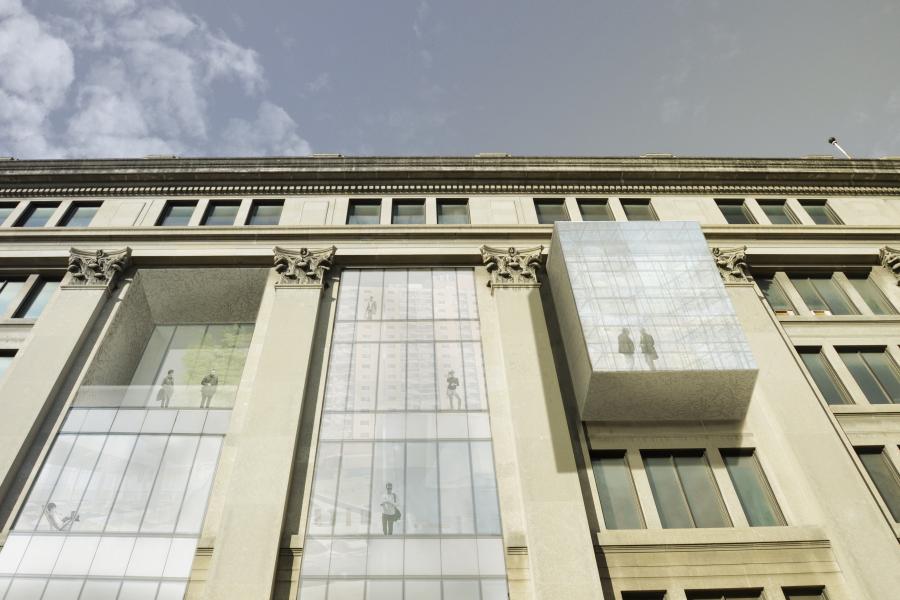
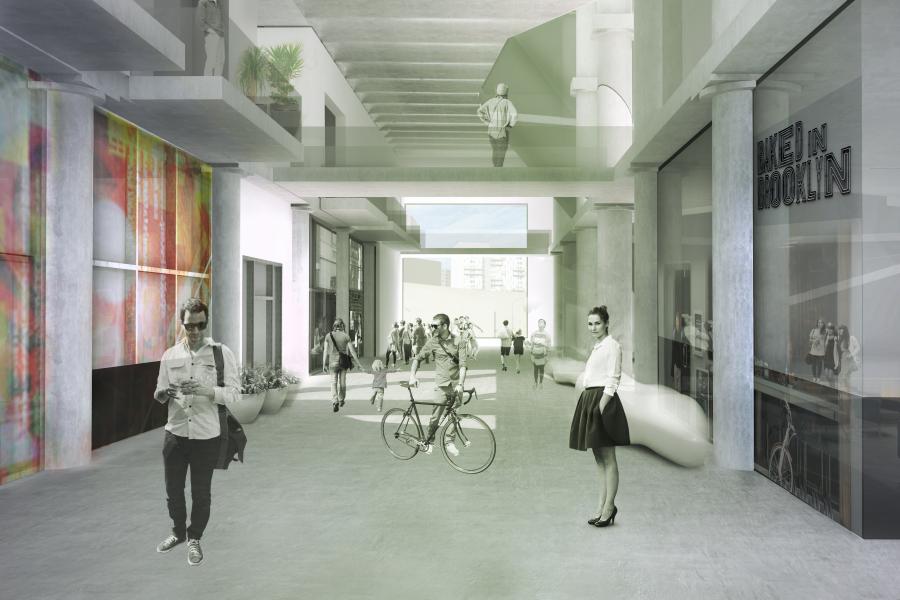
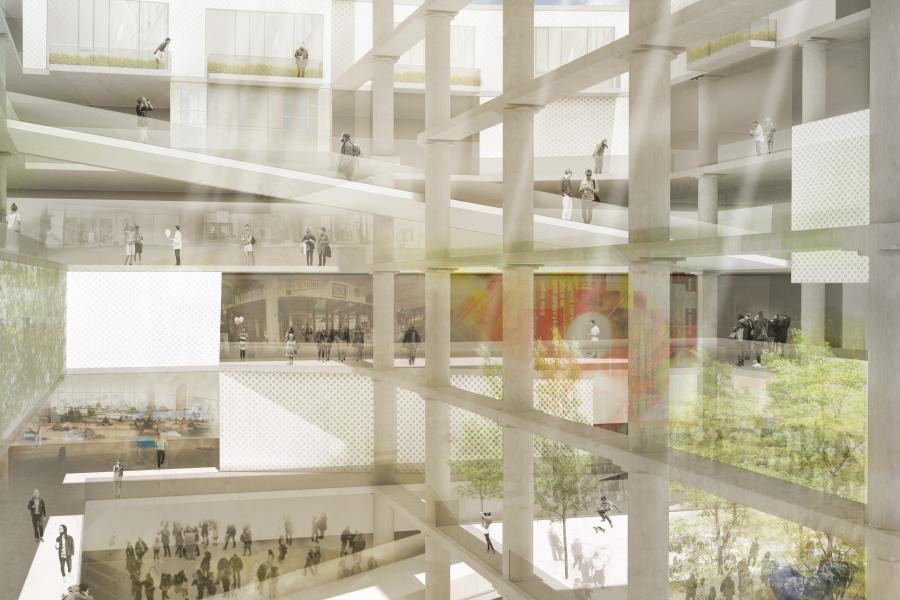
Urban Room: Interior Urbanism and the Hudson's Bay Building
People have an inherent need for socialization and maintaining interpersonal relationships, regardless of recent development of various social media and digital communication platforms. In the urban environment, these social interactions occur through an adjacency to one another and form temporal and permanent locations of continued interaction. The focus of this thesis is on manufacturing spaces in which social interaction becomes inevitable and inherently synonymous with the urban fabric. The term Interior Urbanism is heterogeneous in nature as it addresses a contrasting range of publicly and privately owned spaces. Interior implies a sense of ownership and privatization, while urbanism implies a publicly accessible space and the connections of nodes within a city. Architecture is the occupiable threshold between the urban and interior. The porosity of this threshold addresses spatial sequencing by challenging the notion of building edge to provide a platform for interpersonal exchange.
Focusing on the existing Hudson’s Bay Building in downtown Winnipeg, this thesis will explore the building’s relation to the urban context and its adaptive potential to be redeveloped into an interior urban environment that engages social interaction. From a historical standpoint, the Hudson’s Bay Company has largely established Winnipeg’s urban grid still evident today.1 With a history of urban planning in Winnipeg, the site of the Hudson’s Bay Company department store will look ahead to the further densification of Winnipeg by introducing a new typology of urban interior spaces. The issue of publicly and privately owned public space will be addressed within the context of the urban interiors of the city, and will develop an understanding of both roles and potentials of blurring the identity of ownership. Through the concept of speed and scale, this thesis will develop ways in which individuals approach and engage with the building threshold based on modes of transportation, as well as interaction with public programs and social opportunities
